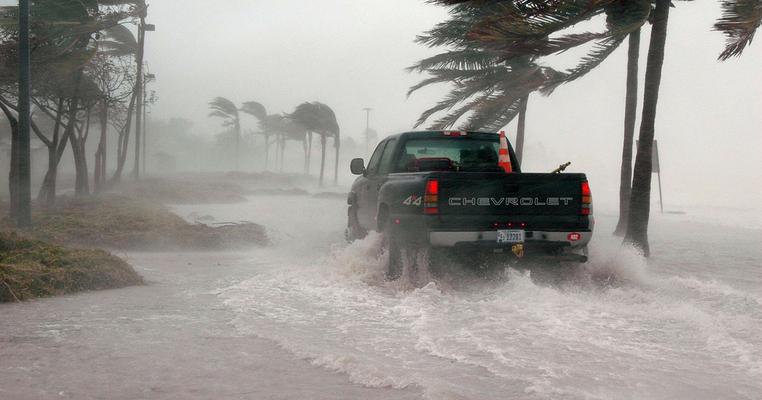
The Climate-Health Connection: Extreme Weather (VIDEO)
Carbon pollution from burning fossil fuels like coal, oil, and natural gas is warming our planet and driving a climate crisis. It’s throwing natural systems out of balance – to often devastating effect.
The heat is dangerous all by itself. Heat waves are getting hotter and more frequent, breaking one record after another. When temperatures get this high, we all – but especially outdoor workers, children, and the elderly – run a much higher risk of everything from heat stroke to heart attacks.
And when it comes to weather, all this heat starts a dangerous cycle.
WATCH:
That's because warmer air holds more water vapor, so when the rain finally comes, it can strike with torrential force, unleashing lethal floods and landslides. Over the ocean, warming waters are adding more water vapor to the atmosphere which becomes fuel for hurricanes, turning everyday storms into powerful forces of destruction. Wind gets more ferocious; rains get heavier and hit harder. Hurricanes like Maria, Irma, and Harvey are born, and the headlines show the results: widespread injuries, trauma, and even deaths.
But what they often fail to show is the long-term aftermath. How weeks and months without power can cripple communities and cost many, many more lives.
More heat over land also means water evaporates faster from the ground, rivers, and lakes. In a nutshell, just as often as it means heavy rain, it also means drought.
When fields dry up and drought stretches on, farmers struggle to keep their crops alive and feed us all. Parched conditions also mean there’s an increased risk for ferocious wildfires devouring homes and choking the air with smoke and toxic fumes that can spread for thousands of miles.
The connection between global temperature rise and wildfires is pretty simple science: Droughts dry out the land, killing plant life – which then also dries out, becoming far easier to ignite. And, with less predictable rains, it’s harder to stop these fires once they begin.
>> Free download: Extreme Weather and the Climate Crisis: What You Need to Know <<
Let’s face it: disasters are bound to occur – as disheartening as it is, that’s Mother Nature at work. And it’s also true that even if we completely stopped emitting carbon pollution today, we’d continue to experience climate change impacts for a considerable time to come. The pollution that has caused our current crisis stays in the atmosphere for hundreds of years; climate change is not a phenomenon that can be stopped in its tracks immediately.
But it’s our responsibility to do everything we can to prevent the worst of it. And it certainly could get much worse.
Acting now to swiftly transition from dirty fossil fuels to clean energy can limit global warming to no more than 2 degrees Celsius (3.6 degrees Fahrenheit). Two degrees of warming could have significant impacts, there’s no denying. But if we do nothing and continue on the path we’re on, the global average temperature could rise 6 degrees Celsius (10.8 degrees Fahrenheit) by the end of the century. To say the difference between these two scenarios would be dramatic is perhaps quite literally the understatement of the century.
So, are you ready to make a difference for the future of our planet? Sign up now to receive emails from Climate Reality with the latest climate science and news on this crisis, as well as ways you can get involved with the movement for solutions.

